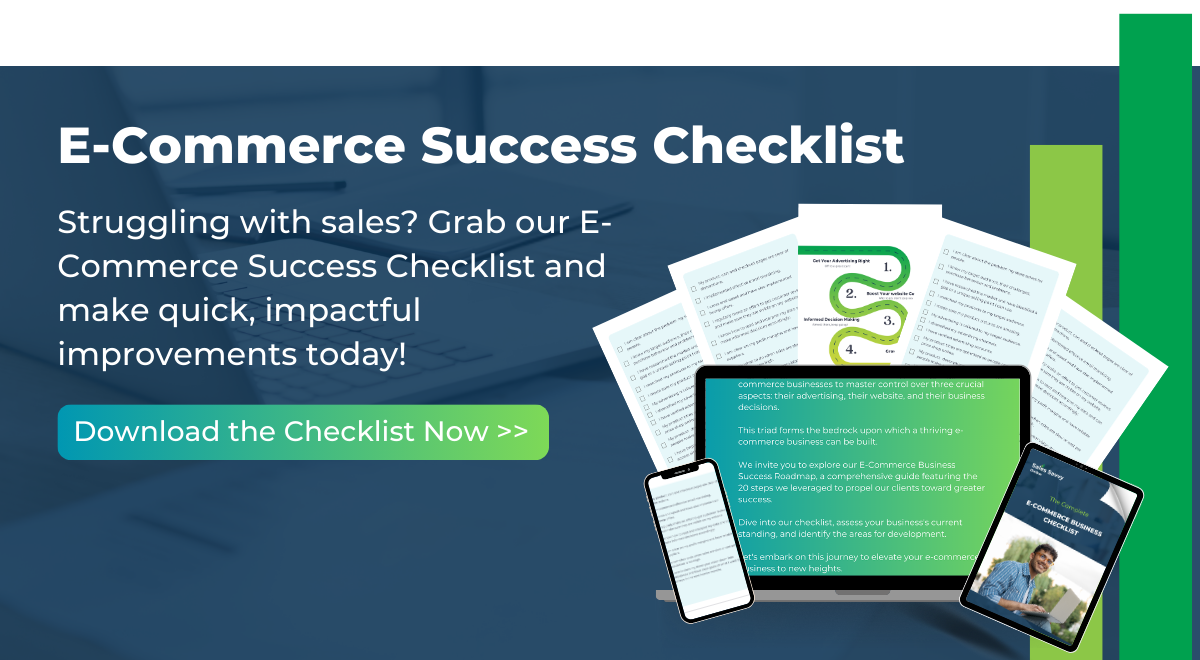Introduction: The Evolving Landscape of Ecommerce Trends
The e-commerce industry is evolving at a rapid pace, with new e-commerce trends reshaping how businesses optimise shopping carts, personalise customer experiences, and expand into global markets. With digital transactions expected to surpass $6.3 trillion worldwide in 2025, it’s more important than ever to stay ahead of emerging e-commerce trends.
Many businesses struggle with issues like high cart abandonment rates, poor customer experience, and difficulty in identifying profitable international markets. However, those who implement smart strategies will see higher conversions, improved retention rates, and significant revenue growth.
This guide will explore:
- How shopping cart optimisation increases conversions.
- The role of personalisation in modern e-commerce.
- The impact of customer journey mapping on online success.
- Fastest-growing e-commerce markets and how to capitalise on them.
Let’s dive into the most critical e-commerce trends shaping the future and how you can apply them to grow your business.
Shopping Cart Optimisation: Boosting Conversions in 2025
Cart abandonment remains a major problem, with around 70% of shoppers leaving without completing their purchase. A well-optimised cart can make or break a sale. Businesses must focus on reducing checkout friction, improving payment options, and creating seamless mobile experiences.
🔄 Streamlining the Checkout Process
The easier it is to buy, the more likely customers will complete their purchase. Here are some key strategies:
- One-page checkout: Reducing unnecessary steps speeds up transactions.
- Guest checkout options: 34% of shoppers abandon carts due to forced account creation.
- Auto-fill forms & address validation: Makes checkout faster and frustration-free.
👩💻 Enhancing Mobile Usability
Mobile commerce accounts for 58% of all e-commerce sales. Businesses must ensure their cart is fully optimised for mobile by:
- Implementing a responsive design.
- Using larger buttons and easy navigation.
- Enabling mobile wallets (Apple Pay, Google Pay, PayPal, etc.).
🤖 Leveraging AI for Personalised Shopping Carts
Artificial intelligence can significantly increase conversion rates by making carts smarter. Examples include:
- AI-driven product recommendations.
- Dynamic pricing based on demand.
- Cart reminders & retargeting ads to bring back abandoned carts.
A business that optimises its cart with these e-commerce trends can boost conversion rates by up to 35%.
Enhancing the Ecommerce Shopping Experience
Today’s consumers expect personalised and frictionless experiences. A poorly designed website or complex navigation can drive potential customers away. The best-performing brands focus on navigation, personalisation, and design consistency.
🔎 Improving Site Navigation & UX
A streamlined, intuitive website structure can help:
- Reduce bounce rates by 30%.
- Increase time spent on site.
- Improve conversions by leading customers to the right products.
Key strategies include:
- Intuitive menu layouts (Mega menus work well for larger stores).
- Search bar with AI-based suggestions.
- Filtering & sorting options (price, size, brand, popularity).
💎 Personalising the Shopping Journey
Personalisation can increase revenue by 25% when implemented effectively. How?
- Dynamic product recommendations based on past purchases.
- Personalised email marketing with abandoned cart follow-ups.
- Loyalty programs that reward repeat purchases.
🌟 Enhancing Visual Appeal
- High-quality product images/videos increase engagement by 40%.
- User-generated content (UGC) boosts trust.
- Consistent branding across all platforms reinforces credibility.
Understanding the Customer Journey in Ecommerce
Mapping the customer journey helps e-commerce businesses identify and resolve friction points. The journey typically consists of four key stages:
📢 Awareness Stage
Customers discover brands through:
- SEO-optimised content.
- Paid advertising (Google Ads, Facebook Ads).
- Social media marketing.
👁 Consideration Stage
At this stage, customers compare brands, check reviews, and explore different products. Optimisation tips:
- Offer detailed product descriptions.
- Include high-quality customer reviews & testimonials.
- Provide comparison charts for easier decision-making.
💰 Conversion Stage
This is where users decide to buy. A seamless checkout process is crucial.
- Provide multiple payment options.
- Offer limited-time discounts.
- Send abandoned cart reminders.
🌟 Post-Purchase & Retention
After a customer buys, engagement shouldn’t stop.
- Send follow-up emails with personalised recommendations.
- Offer a loyalty program.
- Ensure easy returns & great customer support.
Brands that refine their customer journey strategies increase engagement and loyalty significantly.
Fastest-Growing Ecommerce Markets to Watch
Expanding into new markets is one of the best ways to scale a business. The fastest-growing e-commerce markets offer untapped opportunities.
Asia
- Mobile-first commerce is dominant.
- Social commerce (WeChat, TikTok Shopping) is booming.
- AI-driven personalisation leads to higher conversion rates.
North America
- Subscription services are thriving.
- AI-based automation is transforming logistics.
- Sustainability-focused brands are gaining traction.
Europe
- Consumers prioritise eco-friendly products.
- Regulations are shaping a more transparent shopping experience.
Africa
- Mobile payments drive digital shopping.
- Logistics improvements are opening up cross-border sales.
Latin America
- Local marketplaces like Mercado Libre dominate.
- Digital payments and fintech innovations are booming.
Middle East
- Government initiatives fuel e-commerce growth.
- High mobile penetration supports online shopping.
Businesses that adapt to local preferences in these high-growth regions will have a significant competitive edge.
Conclusion
The e-commerce landscape is evolving, and businesses that adapt will thrive. Key takeaways:
- Optimise your shopping cart to reduce abandonment.
- Enhance the user experience with personalisation.
- Map your customer journey to drive retention.
- Explore new markets for growth.
Now is the time to implement these strategies and stay ahead in the ever-changing world of e-commerce.
Ready to future-proof your online store? Start applying these strategies today!


